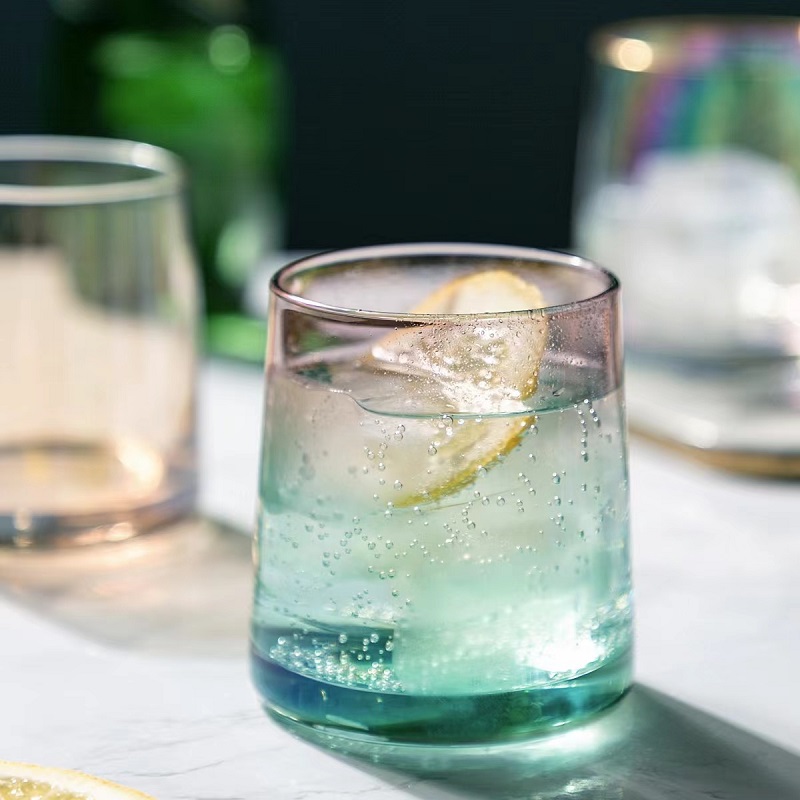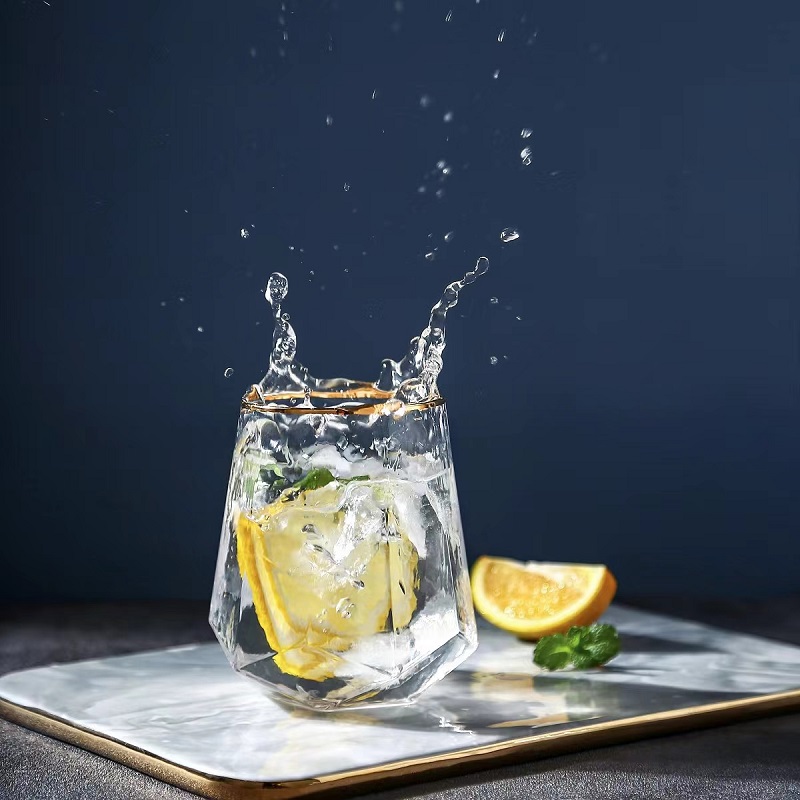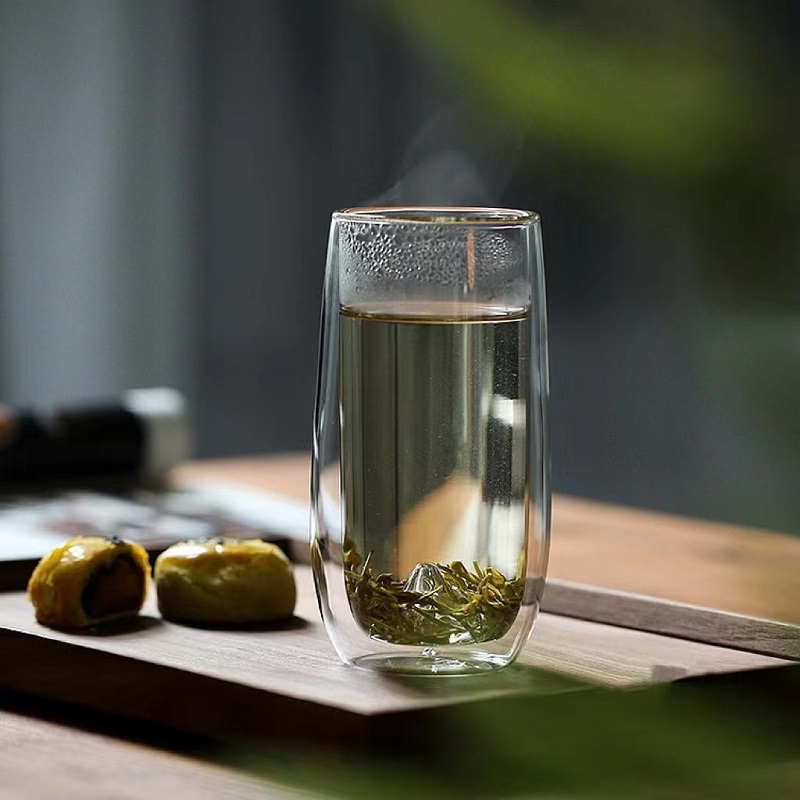The main materials of glass cups are as follows:
1. Sodium calcium glass
Glass cups, bowls, and other materials used in daily life are made of this material, which is characterized by small temperature differences due to rapid changes. For example, injecting boiling water into a glass coffee cup that has just been taken out of the refrigerator is likely to cause it to burst. In addition, it is not recommended to heat sodium calcium glass products in a microwave, as there are also certain safety risks involved.
2. Borosilicate glass
This material is heat-resistant glass, which is commonly used in glass preservation box sets on the market. Its characteristics are good chemical stability, high strength, and a sudden temperature difference greater than 110 ℃. In addition, this type of glass has good heat resistance and can be safely heated in a microwave or electric oven.
But there are also some usage precautions to note: first, if using this type of preservation box to freeze liquid, be careful not to fill it too full, and the box cover should not be tightly closed, otherwise the liquid that expands due to freezing will exert pressure on the box cover, shortening its service life; Secondly, the fresh-keeping box that has just been taken out of the freezer should not be placed in a microwave and heated over high heat; Thirdly, do not tightly cover the lid of the preservation box when heating it in the microwave, as the gas generated during heating can compress the lid and damage the preservation box. In addition, prolonged heating can also make it difficult to open the box cover.
3. Microcrystalline glass
This type of material is also known as super heat-resistant glass, and currently the very popular glass cookware in the market is made of this material. Its characteristic is excellent heat resistance, with a sudden temperature difference of 400 ℃. However, currently domestic manufacturers rarely produce microcrystalline glass cookware, and most still use microcrystalline glass as stove panels or lids, so this type of product still lacks standards. It is recommended that consumers carefully review the quality inspection report of the product when making a purchase to fully understand its performance.

4. Lead crystal glass
Commonly known as crystal glass, it is generally used to make tall cups. Its characteristics are good refractive index, good tactile sensation, and a crisp and pleasant sound when lightly tapped. But some consumers also question its safety, believing that using this cup to hold acidic drinks can lead to lead precipitation and pose a health hazard. In fact, this concern is unnecessary because the country has strict regulations on the amount of lead precipitation in such products and has set experimental conditions, which cannot be replicated in daily life. However, experts still recommend not using lead crystal glass tea cups for long-term storage of acidic liquids.
5. Tempered glass
This material is made of ordinary glass that has been physically tempered. Compared with ordinary glass, its impact resistance and heat resistance are greatly enhanced, and the broken fragments do not have sharp edges.
Due to the fact that glass is a brittle material with poor impact resistance, even tempered glass tableware should be avoided from impact. In addition, do not use steel wire balls when cleaning any glass products. Because during friction, steel wire balls will scrape invisible scratches on the glass surface, which will to some extent affect the strength of glass products and shorten their service life.
Post time: Apr-15-2024







